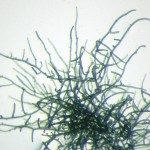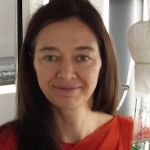Link to DOI – 10.1007/s43939-020-00001-9
(2021) 1:2
Although biomineralization of CaCO3 is widespread in Bacteria and Archaea, the molecular mechanisms involved in this process remain less known than those used by Eukaryotes. A better understanding of these mechanisms is crucial for a broad diversity of studies including those (i) aiming at assessing the role of bacteria in the geochemical cycles of Ca and C, (ii) investigating the process of fossilization, and (iii) engineering applications using bacterially mediated CaCO3mineralization. Different types of bacterially-mediated mineralization modes have been distinguished depending on whether they are influenced (by extracellular organic molecules), induced (by metabolic activity) or controlled (by spe-cific genes). In the first two types, mineralization is usually extracellular, while it is intracellular for the two ascertained cases of controlled bacterial mineralization. In this review, we list a large number of cases illustrating the three different modes of bacterially-mediated CaCO3 mineralization. Overall, this shows the broad diversity of metabolic pathways, organic molecules and thereby microorganisms that can biomineralize CaCO3. Providing an improved understanding of the mechanisms involved and a good knowledge of the molecular drivers of carbonatogenesis, the increasing number of (meta)-omics studies may help in the future to estimate the significance of bacterially mediated CaCO3 mineralization.

